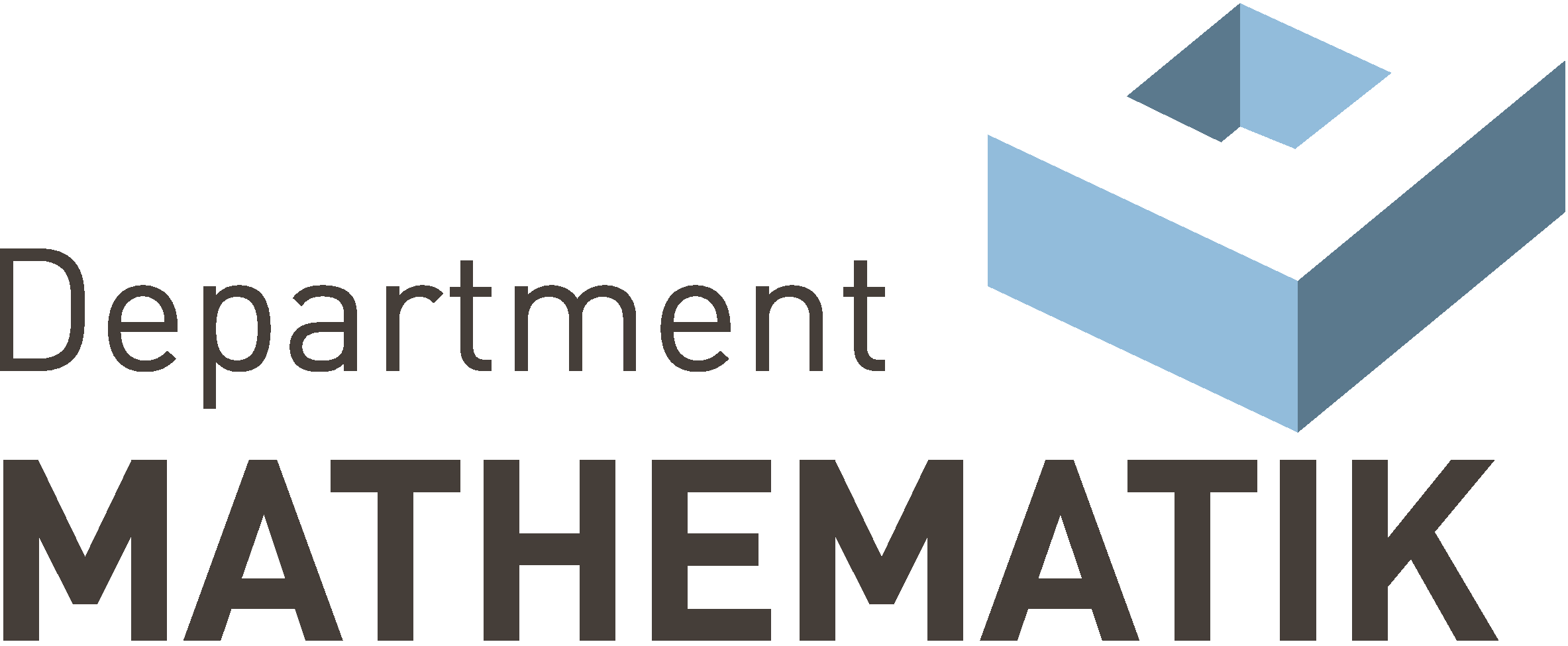Mathematik für DataScience¶
import numpy as np
import matplotlib.pyplot as plt
fig = plt.figure(figsize = (16,8))
# first plot
ax = fig.add_subplot(1, 2, 1)
x = np.linspace(-2,2,100)
eps = [1e-3, 1e-2, 5e-2, 1e-1, 3e-1, 1]
colors = color=plt.cm.PiYG(np.linspace(0,1,len(eps)))
# plot
for i in range(len(eps)):
y = np.sin(x)/(np.abs(x) + 10*eps[i]) # * np.abs(y)
ax.plot(x, y,linewidth=1, color = colors[i])
y_diff = 0.05*np.ones_like(y)
ax.fill_between(x, y - y_diff, y + y_diff, color = colors[i], alpha = 0.1)
ax.axis('off')
# second plot
ax2 = fig.add_subplot(1, 2, 2)
for i in range(len(eps)):
y = np.exp(-0.01/eps[i] * x**2) * np.abs(x)**0.5# * np.abs(y)
ax2.plot(x, y,linewidth=1, color = colors[i])
y_diff = 0.05*np.ones_like(y)
ax2.fill_between(x, y - y_diff, y + y_diff, color = colors[i], alpha = 0.1)
ax2.axis('off')
# show
plt.show()

Diese Vorlesung gibt einen ersten Einblick in grundlegende mathematische Konzepte und Denkweisen, die in der heutigen Mathematikausbildung in Vorlesungen zur Analysis und linearen Algebra unterteilt werden. In dieser Vorlesung soll eine integrierte Darstellung der wichtigsten Inhalte, wie sie in mathematiknahen Studiengängen benötigt werden, gegeben werden.
